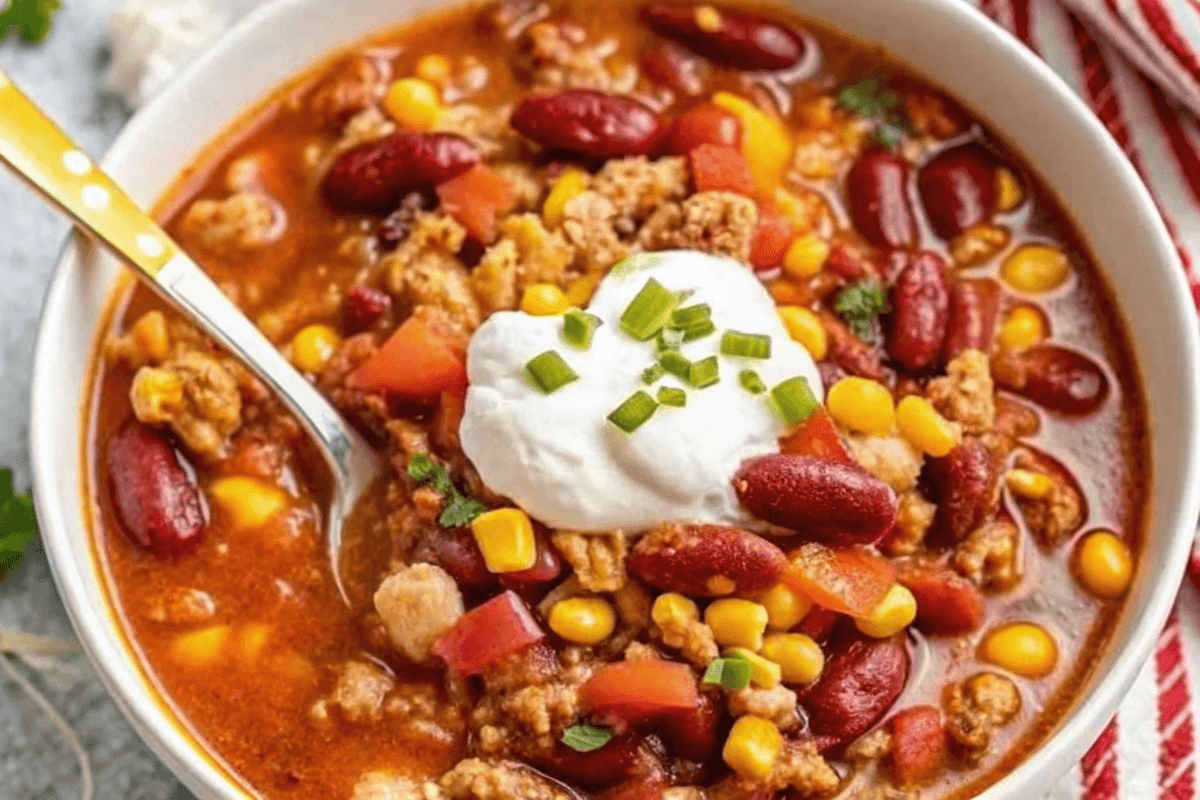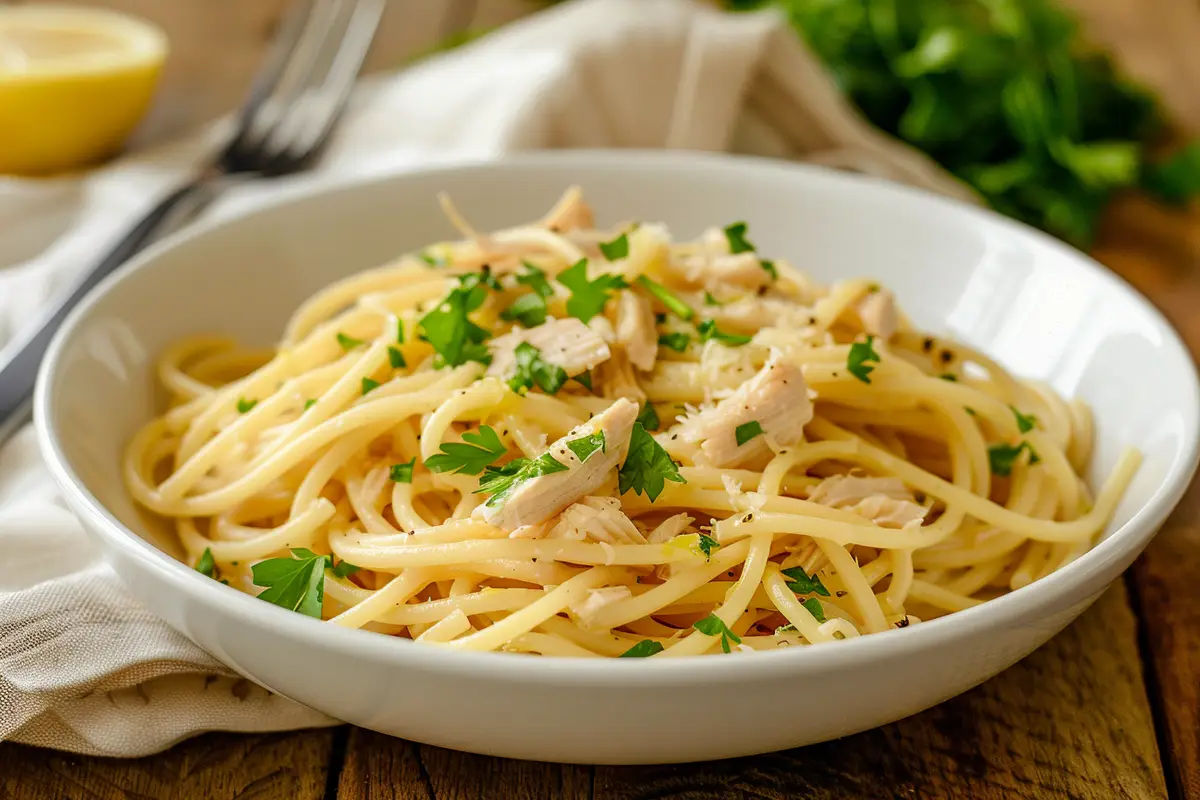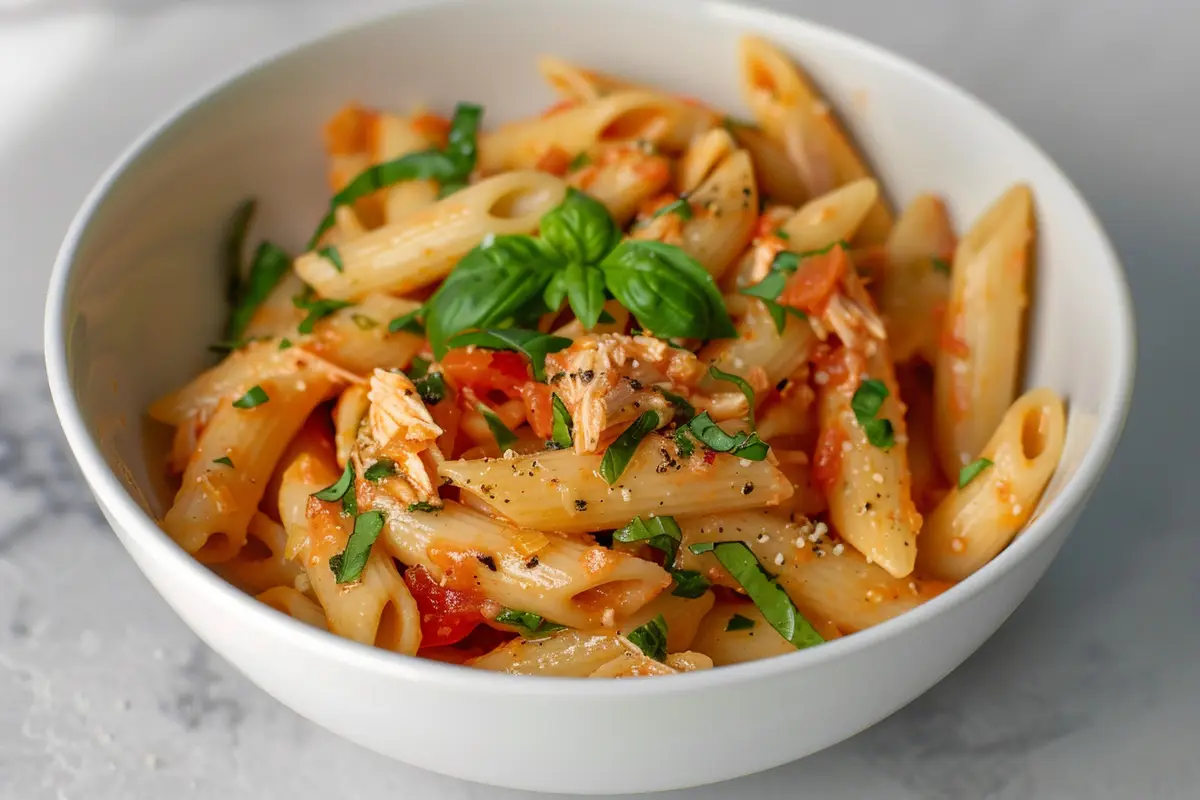Reheating taco soup to taste as delicious as when it was freshly made can be challenging without the right methods. From ensuring the flavors stay intact to avoiding soggy textures or curdled cream, mastering the art of reheating taco soup can make your leftovers feel like a brand-new meal. This guide is packed with tips, tricks, and step-by-step instructions tailored to every soup variation and reheating method, ensuring you’ll enjoy every spoonful to its fullest.
Table of Contents
Why Reheating Taco Soup the Right Way Matters
Proper reheating isn’t just about warming food—it’s about reviving flavors and textures so that your meal feels fresh and satisfying. Taco soup requires special care during reheating with its diverse ingredients like meats, beans, and tortilla strips. A single misstep, such as overheating or using the wrong container, can lead to mushy vegetables, soggy tortillas, or even a burnt taste.
For instance, soups with dairy components like sour cream or cheese need gentle reheating to prevent curdling, which can ruin the dish’s texture. Similarly, the crunchy tortilla toppings that make taco soup unique can become unappetizing if reheated incorrectly. Knowing the right method ensures your soup retains its hearty, comforting appeal. Check out this taco soup guide for additional preparation tips.
Top Methods to Reheat Taco Soup
Not all reheating methods are created equal. Each technique has its benefits and potential pitfalls, depending on the equipment and amount of soup you’re reheating. Let’s explore the best methods to reheat taco soup for every scenario.
Stovetop Reheating
The stovetop is one of the most reliable methods for reheating taco soup because it allows you to control the heat and stir consistently.
- Preparation: Start by transferring the soup into a medium-sized saucepan. Avoid overcrowding the pot to ensure even heating. If your soup has thickened in the fridge, add a small amount of broth or water to restore its original consistency.
- Heating: Set the heat to medium and stir frequently to prevent the soup from sticking to the bottom. This also ensures that all the ingredients heat evenly.
- Monitoring: Heat until the soup starts to simmer gently. Avoid letting it boil, especially if it contains dairy or delicate ingredients, as high temperatures can alter the flavor and texture.
For an added burst of freshness, consider garnishing the reheated soup with a sprinkle of chopped cilantro or a squeeze of lime before serving. This small step can elevate the flavors and make the meal feel brand new.
Microwave Reheating
The microwave is perfect for those short on time or reheating small portions. However, it requires careful attention to avoid overheating or uneven warming.
- Container Choice: Use a microwave-safe bowl large enough to allow the soup to expand as it heats. Cover the bowl with a microwave-safe lid or a plate to retain moisture.
- Heating Process: Heat the soup in 1-2 minute intervals at medium power, pausing to stir between intervals. Stirring ensures the soup heats uniformly and prevents hot spots.
- Final Touch: Once the soup is thoroughly warmed, add fresh tortilla strips or cheese to restore its original charm.
This method is quick and convenient but requires monitoring to achieve the best results. Discover more about reheating taco soup efficiently.

Slow Cooker Reheating
When reheating a large batch of taco soup for family meals or gatherings, the slow cooker provides an ideal solution. It’s a hands-off method that ensures even heating over time.
- Setup: Pour the soup into your slow cooker and set it to the “low” or “warm” setting. Add a splash of water or broth if the soup has thickened too much.
- Timing: Let the soup heat gradually, stirring occasionally. Depending on the quantity, this process may take 1-2 hours.
- Serving: Once the soup is heated through, it’s ready to serve. This method is especially effective for soups with meat, as it keeps the proteins tender and flavorful.
Reheating Specific Variations of Taco Soup
Taco soup comes in various forms, and each variation may need a slightly different approach when reheating. Let’s dive deeper into the specifics.
Cream-Based Taco Soups
Soups with cream, cheese, or sour cream require extra care to maintain their smooth texture and prevent curdling. For best results:
- Low and Slow: Use the stovetop method with low heat, stirring frequently to avoid overheating.
- Microwave Adaptations: If using the microwave, set it to low power and heat in shorter intervals, stirring often to prevent separation.
To refresh the flavors, consider adding a small amount of fresh cream or shredded cheese after reheating.
Tortilla-based or Chunky Soups
Taco soups featuring tortilla chips or large chunks of vegetables are best reheated on the stovetop. These ingredients can lose their texture if microwaved for too long or cooked at high heat.
- Tip 1: Add fresh tortilla chips as a topping after reheating instead of reheating the old ones. This preserves the crunchiness that makes the soup unique.
- Tip 2: For chunky vegetables, stir gently to avoid breaking them apart during reheating.
Common Mistakes When Reheating Taco Soup
Despite the simplicity of the task, certain mistakes can lead to disappointing results. Let’s address the most common errors and how to avoid them:
Overheating the Soup
Boiling the soup may seem like a quick way to reheat it, but it can destroy delicate flavors and textures. Instead, aim for a gentle simmer on the stovetop or medium power in the microwave.
Skipping the Stirring
Stirring is essential to avoid uneven heating and prevent ingredients from sticking to the bottom of the pot or bowl. Always stir at regular intervals, regardless of the reheating method.
Neglecting the Container
Using inappropriate containers can lead to uneven heating or even spills. For microwaving, opt for a deep, microwave-safe bowl. For stovetop reheating, use a non-stick saucepan for easy stirring and cleanup.
Reheating taco soup to perfection can seem challenging, but with the right techniques, it’s easy to preserve its original flavors and textures. This guide will teach you everything you need to know about how to reheat taco soup effectively, no matter which method you prefer. Whether you’re working with creamy, chunky, or tortilla-based variations, these tips ensure your leftovers taste as delicious as the first day.
Why Reheating Taco Soup Matters
When figuring out how to reheat taco soup, it’s important to understand the role proper techniques play. Incorrect reheating methods can leave your soup with a soggy or burnt texture, especially for soups containing dairy or delicate toppings like tortilla chips.
Creamy taco soups, for instance, need careful reheating to prevent curdling. Meanwhile, tortilla-based soups risk losing their signature crunch if garnishes are reheated along with the broth. By focusing on the right steps for reheating, you can ensure your soup maintains its rich, hearty flavors and fresh, comforting appeal.
Top Methods for Reheating Taco Soup
Let’s explore how to reheat taco soup using the most effective methods.
Stovetop Reheating
The stovetop is one of the best methods for reheating taco soup because it allows you to control the heat and stir frequently.
- Prepare the Pot: Pour your taco soup into a medium saucepan or pot. If it has thickened overnight, add a splash of water, broth, or tomato juice to restore the right consistency.
- Set the Heat: Reheat the soup on medium heat, stirring regularly to avoid scorching or uneven heating.
- Simmer Gently: Heat until the soup starts to simmer. Avoid boiling, especially for cream-based or cheesy taco soups.
Microwave Reheating
Reheating taco soup in the microwave is ideal for small portions. However, to ensure the soup warms evenly, follow these steps:
- Choose a Suitable Container: Use a microwave-safe bowl large enough to prevent spills. Cover it with a microwave-safe lid or plate to trap steam.
- Heat Gradually: Set the microwave to medium power and heat the soup in 1-minute intervals. Stir between each interval to avoid cold spots.
- Check and Serve: Ensure the soup is thoroughly heated and serve it immediately with fresh garnishes.
For additional details on how to reheat taco soup for gatherings or busy days, check out this guide.

Creative Variations for Reheated Taco Soup
If you’re wondering how to reheat taco soup and transform it into an entirely new dish, consider these creative ideas:
Loaded Nachos
Reheated taco soup can serve as a hearty topping for nachos. Pour the soup over tortilla chips, add shredded cheese, and bake until bubbly. Top with guacamole and jalapeños for a fun twist.
Taco Soup Rice Bowl
Warm your leftover taco soup and serve it over a bed of rice. Add sour cream, shredded lettuce, or diced avocado for a quick, satisfying lunch.
FAQs About How to Reheat Taco Soup
These frequently asked questions provide practical answers for reheating taco soup, ensuring perfect results every time.
What is the best way to reheat taco soup?
The best way to reheat taco soup is on the stovetop or in the microwave. For creamy soups, low heat on the stovetop is ideal to prevent curdling. If you’re in a hurry, use the microwave at short intervals, stirring frequently to heat evenly.
Can you reheat taco soup with cream?
Yes, reheating taco soup with cream is safe if done gently. High heat can cause the cream to separate, so it’s important to use a low temperature on the stovetop or low power in the microwave.
How do you reheat tortilla soup without ruining the chips?
To keep tortilla chips crisp, remove them from the soup before reheating. Add fresh chips as a topping after the soup is warmed.
Can I freeze and reheat taco soup?
Yes, taco soup freezes well. Thaw it in the refrigerator overnight, then reheat using your preferred method. Always ensure the soup reaches an internal temperature of 165°F for safety.
Conclusion
Learning how to reheat taco soup the right way ensures every bowl tastes as good as the first. Whether you’re reheating creamy variations, tortilla-based recipes, or hearty soups filled with beans and vegetables, following these tips will help you avoid common mistakes and enjoy a flavorful meal. Pair your reheated taco soup with fresh garnishes and creative serving ideas to make your leftovers truly exciting.
Want to see more? If you enjoyed this article, we invite you to join us on our Facebook page ElyseRecipes. That way, you’ll be among the first to hear about our updates, cooking tips, and recipe ideas! Come share your passion and connect with our community.







